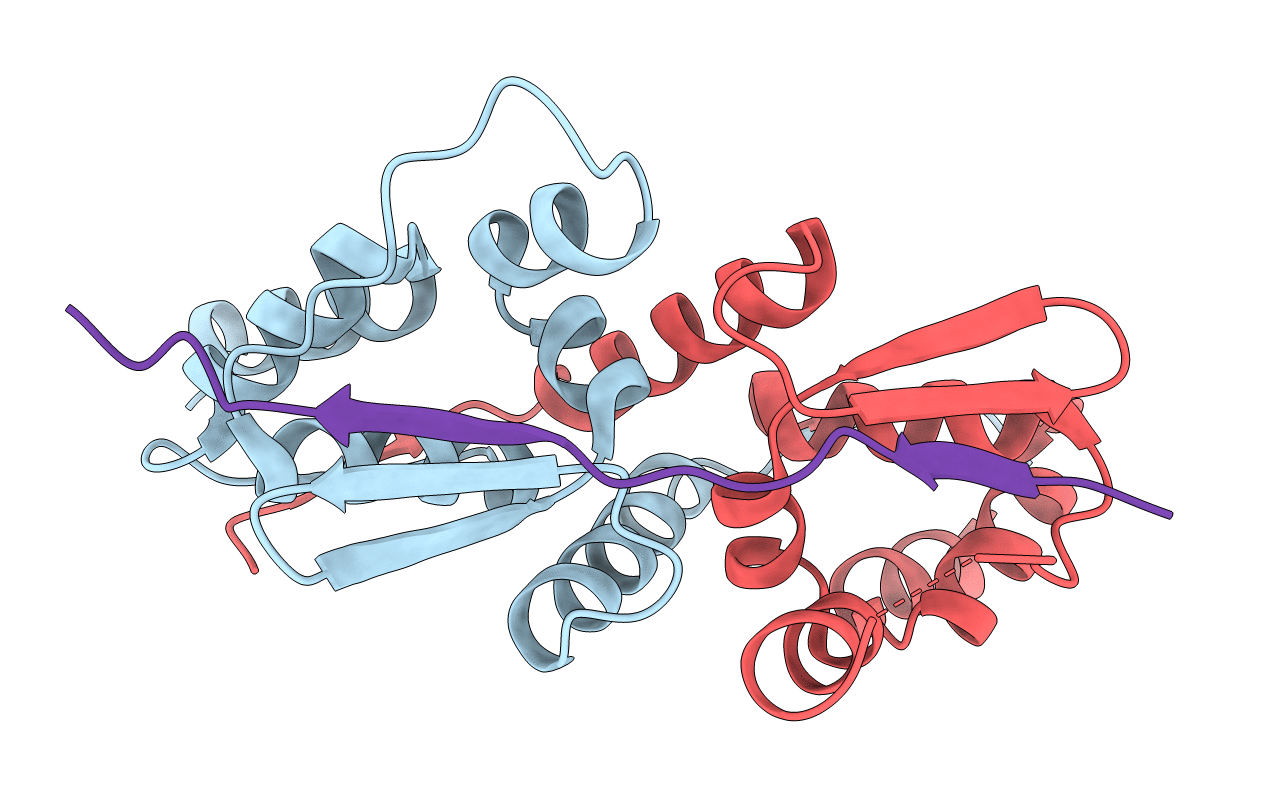
Deposition Date
2020-11-17
Release Date
2021-06-30
Last Version Date
2024-01-31
Entry Detail
PDB ID:
7AZX
Keywords:
Title:
Crystal structure of the MIZ1-BTB-domain in complex with a HUWE1-derived peptide
Biological Source:
Source Organism:
Homo sapiens (Taxon ID: 9606)
Host Organism:
Method Details:
Experimental Method:
Resolution:
2.25 Å
R-Value Free:
0.27
R-Value Work:
0.22
R-Value Observed:
0.23
Space Group:
P 31 2 1


